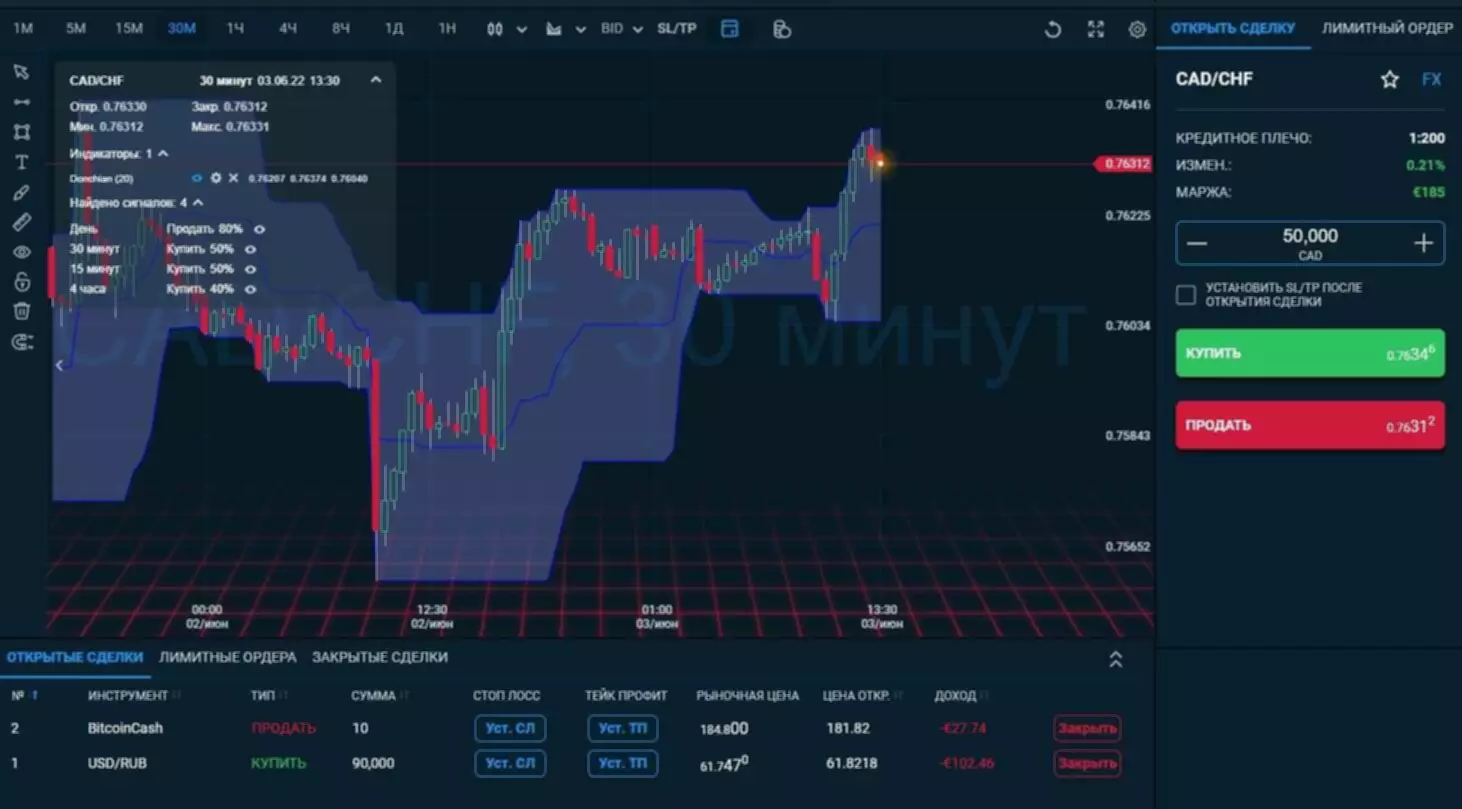FinTech
What Is Analytical CRM? & 10 Best CRM Analytics Tools Examples
Content
- Profitability Analysis
- Use analytical CRM to leverage your data
- Insightly (Top analytical CRM for medium and large business)
- Customer Service Automation: Benefits and Best CRM Suppliers
- Analytical CRM: Definition & Applications
- Types of CRM analytics
- Help & Support
- Zendesk Explore (Great CRM analytics tool for customer support)
It helps to track employee performance and productivity, tells management to conduct required training for employees. This type of reports shows the organization’s sales trend for a specified period – monthly, quarterly, yearly or any time frame that is significant for business. It provides support to streamline all sales opportunities by improving sales cycle. This helps managers to identify market opportunity, predict sales volumes and profit by analyzing historical sales data.

We first looked at the most significant category, analytical features, covering the tools that distinguish analytical CRMs from more general offerings. Ease of use is based on the overall usability of each entry, while expert score reflects our own experience with each platform along with that of the general public. Sales features cover the standard functionality of CRMs, with customization and pricing finishing off our criteria. Marketing is no longer a black hole to throw money into while you wonder about its net positive effect. Tracking digital marketing performance — everything from recipient demographics to customer acquisition cost to your reach across channels — allows you to better design future campaigns. While customer acquisition is a priority for every company, retention has an outsized impact on revenue generation.
Analytical CRM software processes data gathered from the organization to extract applicable insights to optimize the business. The offers that appear on the website are from software companies from which CRM.org receives compensation. This compensation may impact how and where products appear on this site . This site does not include all software companies or all available software companies offers. Here you get an instant idea at the best analytical CRMs, as well as the most affordable CRMs that include analytics, and a few excellent 3rd party add-ons that specialize in business intelligence tools.
This lesson explains what https://xcritical.com/ is, what it means to a company and how the data derived from it is used by the company to provide valuable feedback and help manage customer relations. It should be said that CRM software of this type does have a bit of a learning curve involved. That’s not to say that analytical CRM systems are hard to use, but rather that you’ll need to allow some time to get your team using them in an effective way. Thankfully, many vendors now offer quality tutorials and live support, so you should be able to get up-to-speed pretty quickly.
Profitability Analysis
These customers also share their own opinions and experiences with a company’s products and services, giving these firms more insight. Therefore, these firms can both share their own opinions and also track the opinions of their customers. With Customer relationship management systems, customers are served better on the day-to-day process. With more reliable information, their demand for self-service from companies will decrease.
These metrics offer better control over a company’s sales and marketing efforts, as they can be used to measure success and the overall performance of an organization. CRM platforms can efficiently record and track customer analytics, such as purchase history, demographics and customer service interactions. This enables organizations to offer tailored services to customers and customer segments through targeted advertising, which in turn leads to higher customer satisfaction rates. It helps prioritize deals, track performance and predict revenue for business growth. It allows you to manage leads, deals, track communications, automate the work process and more.
This can be the most important and painful metric for a business to measure. While it isn’t always easy to review the number of lost customers, it does enable a business to pivot its efforts toward containing the customer numbers. Customer turnover can be calculated on a monthly, quarterly or yearly basis. At times, organizations may face resistance to CRM adoption when convincing employees to get on board with the new CRM system and migrate away from the old processes. Leadership plays an important role in making this transition easier for employees who might be struggling to embrace the new CRM platform. A major challenge with CRM analytics is the integration of analytical software with existing and new systems.
Ask it anything, and watch it come up with the reports or metrics to answer your query in moments. Read on – we’re breaking down what analytical CRM is, and why you need it. Better still, we’ve conducted over 40 hours of research to rank, rate, and review the top 5 analytical CRMs in the US. Viquepedia.com is an online encyclopedia created primarily to make educational topics understandable and accessible to everyone free of charge. Although a work in progress, this educational portal boasts huge amount of information on many topics across many areas of study, and promises more. Although the expression “big data” has been around since 2000, it is only since 2010 that businesses have become seriously interested in these huge datasets.
Use analytical CRM to leverage your data
Campaign Analysis – To analyze and measure the effectiveness of a customer’s response to a market campaign, promotions, and advertisement and other activities. We assessed the level of customer support , as well as its availability (24/7, or weekdays only?), to provide a weighted score for each CRM supplier. When it comes to data-crunching, number-churning, metric-munching analytical CRM solutions, these providers are the very best. Perhaps the only setback is that Einstein Analytics is, well… too advanced!

Foresee and prevent customer deflection to enhance customer retention. As expected, you’ll have to be ready to shell out more for the real robust analytic features with Bitrix24. Insightly is not one of the most affordable CRM systems, especially as you’ll need the more premium version for the analytics. Data warehousing ensures all your data is securely stored in one place and available for analytical purposes. You’ll be able to avoid outdated, ineffectual mass-blast marketing once and for all.
Insightly (Top analytical CRM for medium and large business)
And with that said, the time now to get started is as good as any other. When you customize the customer experience for people, your customers know that you understand them. Sales enablement is becoming mainstream in both large and small businesses and is becoming integrated in CRMs. CRM’s built around sales enablement can track client sales journeys, enable sales team training, coaching, and methodologies, and follow other employees. Pharmaceutical companies were some of the first investors in sales force automation and some are on their third- or fourth-generation implementations. However, until recently, the deployments did not extend beyond SFA—limiting their scope and interest to Gartner analysts.
- CRM not only indicates to technology and strategy but also indicates to an integrated approach which includes employees knowledge, organizational culture to embrace the CRM philosophy.
- Unlike the other two CRM subsets, analytical CRMs provide a deeper level of intelligence, which is what its name implies.
- As she begins to use her coffeemaker, she continues to evaluate it and, if she is happy with her purchase, she will recommend it to her friends and family.
- Freshdesk Neo is their analytics tool which works in many of their products.
- While most CRM platforms are stored centrally, different departments may rely on separate CRM software, which can create data silos.
- In contrast to analytical CRM, operational CRM directly manages relations.
All you need to do is sit back, relax, and wait for your phone to ring. When it does, there’ll be tailored quotes on the other end, ready for you to compare. Yes, though this functionality is included as part of Zoho’s regular CRM, rather than being a feature of its analytics module alone.
It is mainly used for contact management, lead generation, lead conversion, and data organization during a customer’s lifecycle. Operational CRM and analytical CRM utilize the same approach but address different problems. The major difference is that operational CRM is focused on customer-facing processes, while analytical CRM is more attuned to developing the organization’s systems through customer insights. Customer relationship management software is a great foundation for growing your business and empowering it with the functions to run smoothly. However, no two CRM systems are designed alike; each software can be categorized according to its speciality, such as operational and analytical. This included five separate varieties of CRM software, as well as more than 61 specific features.
Customer Service Automation: Benefits and Best CRM Suppliers
Analytical CRM is a subset of CRM in which data is collected by a company about their customer interactions, with the goal of increasing customer satisfaction and their customer retention rate. Analytical CRM is a behind-the-scenes process; the customer is not aware that his or her actions and interactions with the company are being captured and analyzed. Creatiofor marketing has business process management which is for setting up automations. You get good monitoring and analysis on the efficacy of these workflows. It collects a range of customer data giving you better ideas as to how to move them through the pipeline, showing you top priority customers. ZendeskExplore is an analytics and reporting tool in the broader Zendesk toolkit.
2023 CRM Trends – Forbes Advisor – Forbes
2023 CRM Trends – Forbes Advisor.
Posted: Wed, 30 Nov 2022 08:00:00 GMT [source]
A business should also find ways to keep the momentum going after a sale is completed. Most sales teams spend a big chunk of time trying to find new customers by sending proposals or making phone calls. Businesses should analyze these activities thoroughly to observe the effect they have on conversion rates. This is an important metric to monitor for companies offering subscription-based services that require customers to renew their contracts periodically.
Analytical CRM: Definition & Applications
Analytical CRM is one of three primary CRM types — the other two are operational and collaborative — and works behind the scenes to crunch your business data. Analytical CRM reports provide actionable insights to grow your customer base, increase sales, and improve customer service. The pre-sales process includes all the activities that occur before a customer purchases a product or service. These activities often include product research, prospecting and identifying sales-qualified leads, as well as market research, customer analysis and selling propositions.
Analytical CRM solves this problem by looking at customer information from various touch points so you can evaluate your business’s performance. Rob writes mainly about the payments industry, but also brings to the table industry-specific knowledge of CRM software, business loans, fulfilment, and invoice finance. When not exasperating his editor with bad puns, he can be found relaxing in a sunny (socially-distanced) corner, with a beer and a battered copy of Dostoevsky. Price-wise, it’s not quite as affordable as the rest of Zoho’s range of software products – though a passable free version helps to negate this.
Types of CRM analytics
An operational CRM tackles processing and day-to-day operations, while an analytical CRM handles strategy, analytics, and other functions that aren’t directly related to customer interactions. This article will discuss both types of CRM and how your organization can choose which type is best for you. It’s also about seeing the bigger picture – about pulling data from numerous sources to get a holistic view of your operations. Business intelligence allows you to know what you’re doing well, and improve in the areas you’re not. It’s not necessarily limited to your own activities, either – if done well, business intelligence can help you identify emerging market trends and new opportunities to scale. The value of a CRM system’s second level of functionality lies not in the mere storing of that data, but how you use it to automate key sales, marketing, and customer service processes.
Analytics CRM helps you find out where they are, who is your most profitable customer and what are their behaviors. Evaluating or identifying potential clients can help deliver far more effective results. It’s used to analyze customer sales data, payment and credit history, and evaluate customer response to marketing campaigns. analytical crm The goal is to understand how customer interactions with the company can help the company improve customer relations, including retention rate and customer satisfaction. CRM applications also enable firms to provide timely, accurate processing of customer orders and requests and the ongoing management of customer accounts.
While sales and marketing increase your ROI, backing it up with data and intelligence can provide direction to your efforts, maximizing growth. This type of automation focuses on how to entice those within your circle that have yet to become a solid customer of your company. Through marketing automation, you are also able to score leads based on interest level, which can help you create a more successful and accurate prospect list. In the above example, when Sandy first purchased the coffee maker the information about what she purchased would be printed out on the receipt from the store and stored in the store database. And when Sandy registers the product, the brand manufacturer may send her promotions and information about the other products they carry. They may also send surveys to Sandy so they can learn the strengths and weakness of their product directly from the customer.
Once a company has gathered this information, it can divide its costs by the number of customers during the designated period, which provides the average cost of retaining a customer. The average retention cost should always be less than the average revenue generated from the same customer. This refers to the percentage of customers a business has lost over a certain period.
